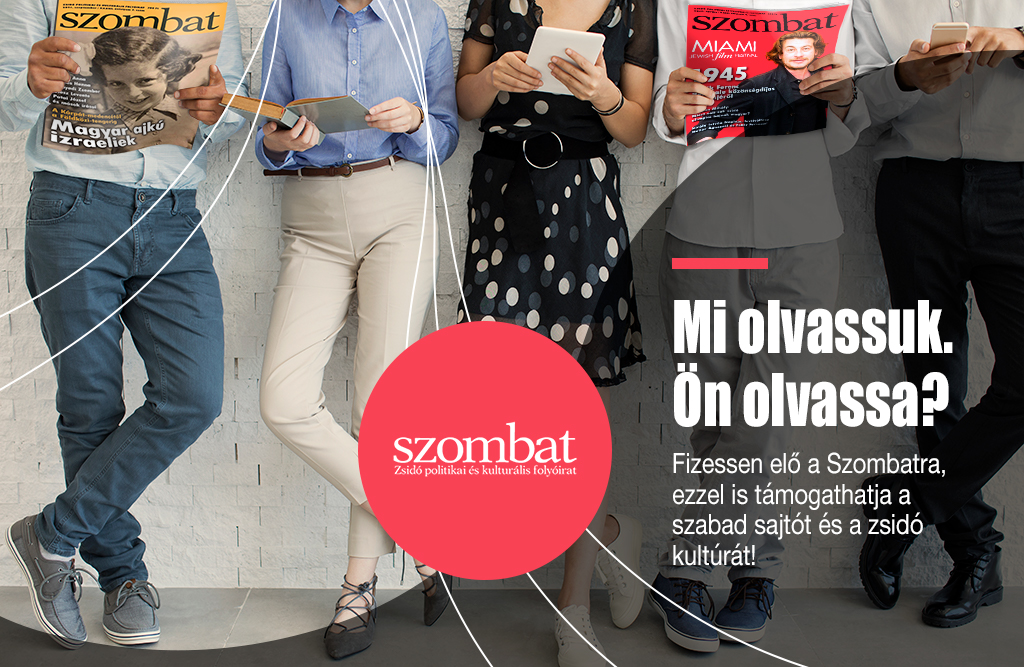Summary
Summary
The first two articles of our November issue examine the causes of the outbreak of violence in the Middle East.
„The Palestinian territories offer an excellent opportunity to study what permanent revolution looks like in practice. The whole Arab world considers Palestinian society to be the leader in fighting against Israel, and indeed, since 1967 (the Israeli occupation) their primary goal has been to fight against the occupants. Under Israeli control there was obviously no way for Palestinians to build up a military potential, they instead have learnt the techniques of „civilian mobilization”. Through the years a latent paramilitary infrastructure has been created in which children and young people play an important role. In the revolution, in a fully mobilised society children often have a key role being the most mobile of all people (like Gavroche in Victor Hugo’s novel or the ‘boys of Pest’ in the 1956 Revolution in Hungary). In permanent revolution children become regular participants.”- says János Gadó in his article.
“Journalists, neo-leftist and rightwing publicists tend to forget that the present conflict did not just start now, and that Israel and the Palestinians are not yet living in an age where human rights issues could be raised in the same way as it has been done in Western democratic societies in the last few decades. We should bear in mind that Germany and France had fought bloody wars from 1914 onwards, that at the end of the Second World War Americans destroyed through atomic bombs on Hiroshima and Nagasaki, let alone the activities of Soviet troops or the wars in the Balkans in the last ten years.”- notes Attila Novák.
Some fifty Romany Hungarians left the village of Zámoly to go to Strasbourg to seek political asylum there, claiming they were persecuted in Hungary. The incident brought on vivid discussions in the press. Katalin Katz from Jerusalem also got involved in the case: she had made friends with the gypsy community of Zámoly through her research in to the Romany Holocaust. She offered the Zámoly group financial support and tried to help through her contacts in Strasbourg. By this she got the Hungarian extreme right angry. „ I feel we share our fate, that is why I relate to them”- she explained in her interview to Szombat.
“From the documents we got hold of so far, we can see that through well organized illegal Zionist activities the organization aims to keep up and awaken Jewish nationalist feelings in young people of Jewish origins, this way inhibiting their integration and assimilation into our socialist society. These aim show that they are trying to achieve racial separation”. The above words are quoted from a report by the Hungarian secret service from 1973. Informal Jewish gathering were being watched and in this month’s issue we publish parts of the secret service reports.
‘Jews and the Holocaust in American society and the media’ was the topic of our interview with Professor Alvin Rosenfeld who researches the literature of the Holocaust at Indiana State University.
In her essay „About the history of the Russian Jewish Literature” Zsuzsa Hetényi gives an overview of the most outstanding authors of the early twentieth century.
Címkék:2000-11



